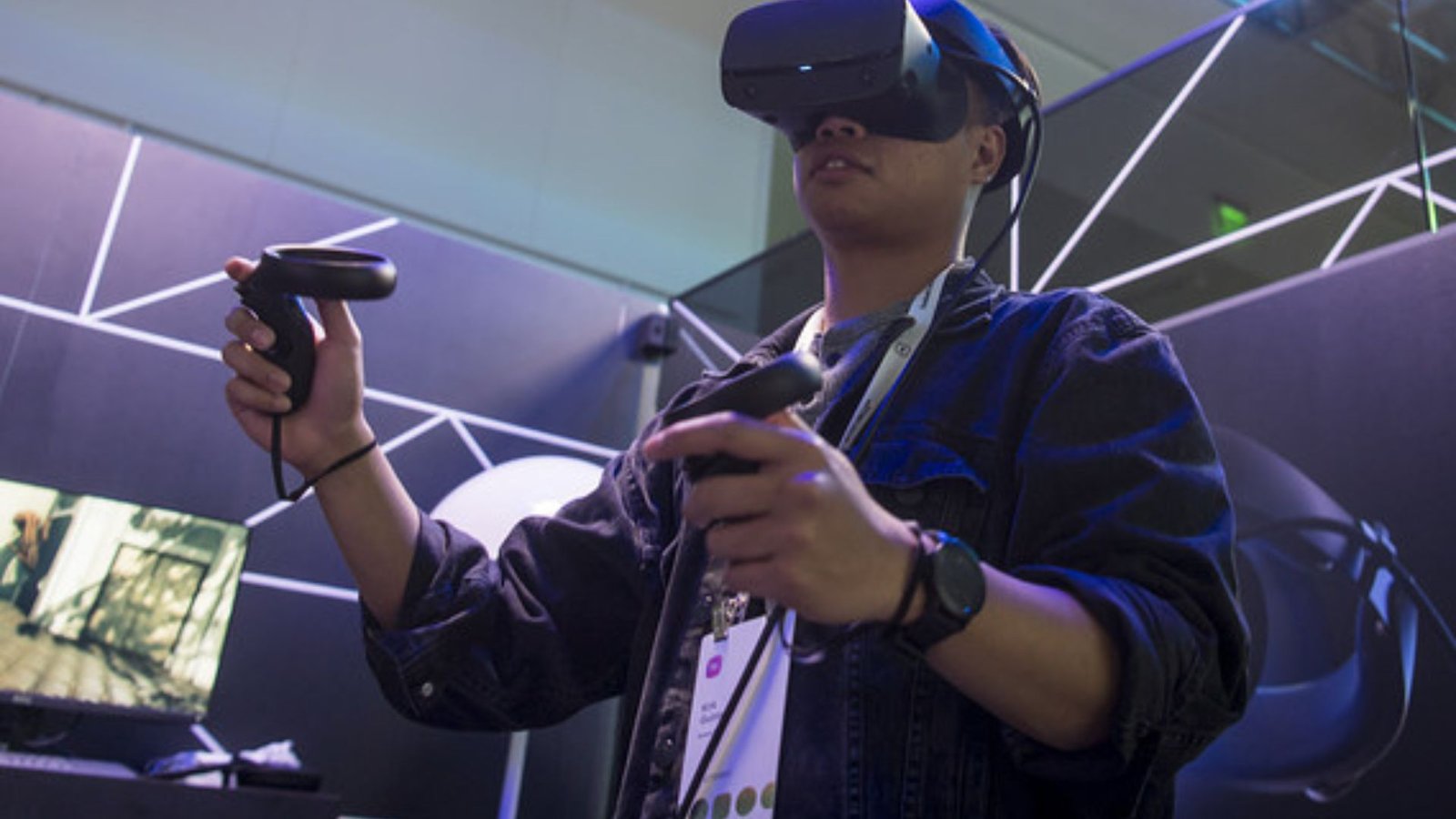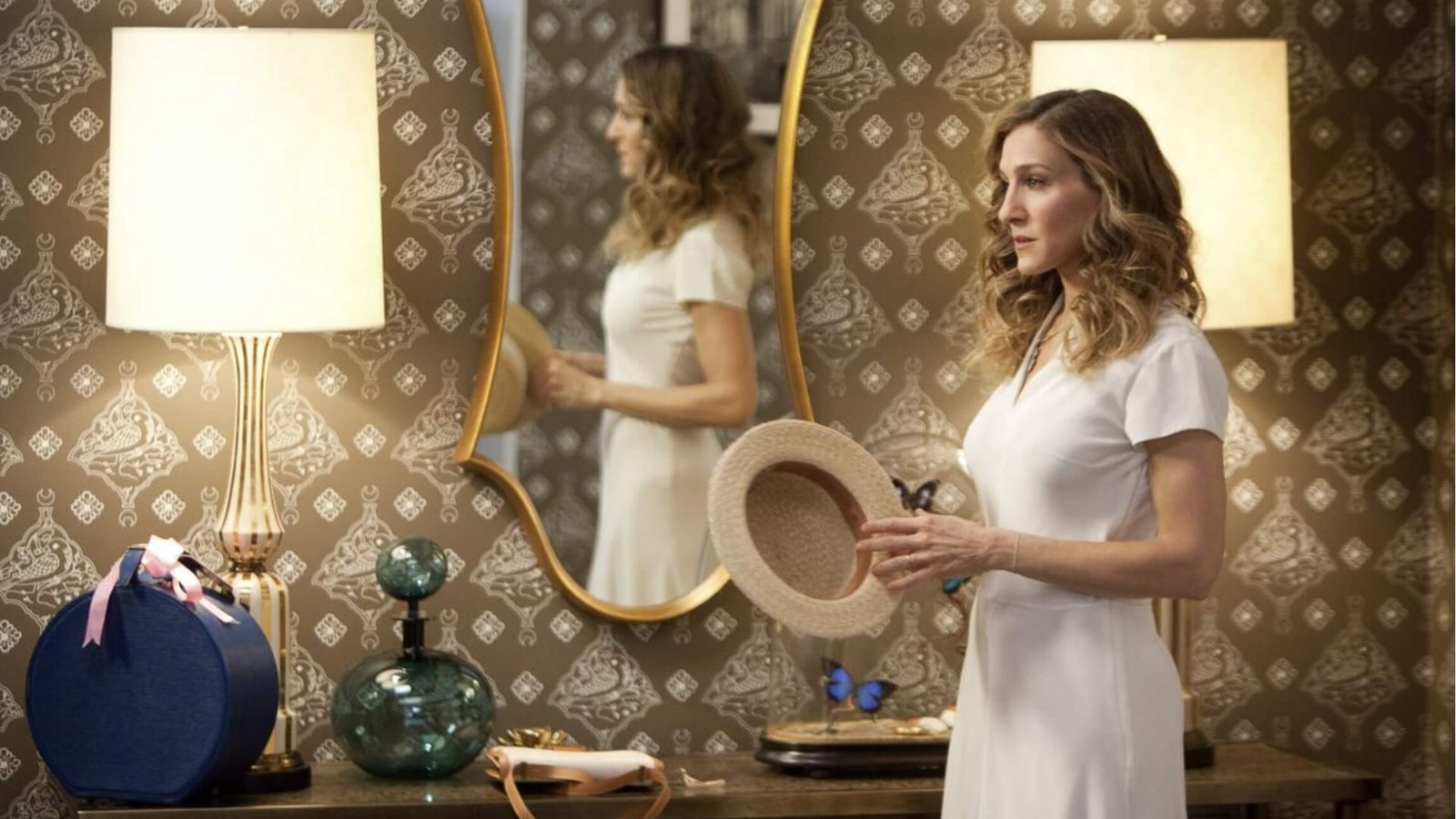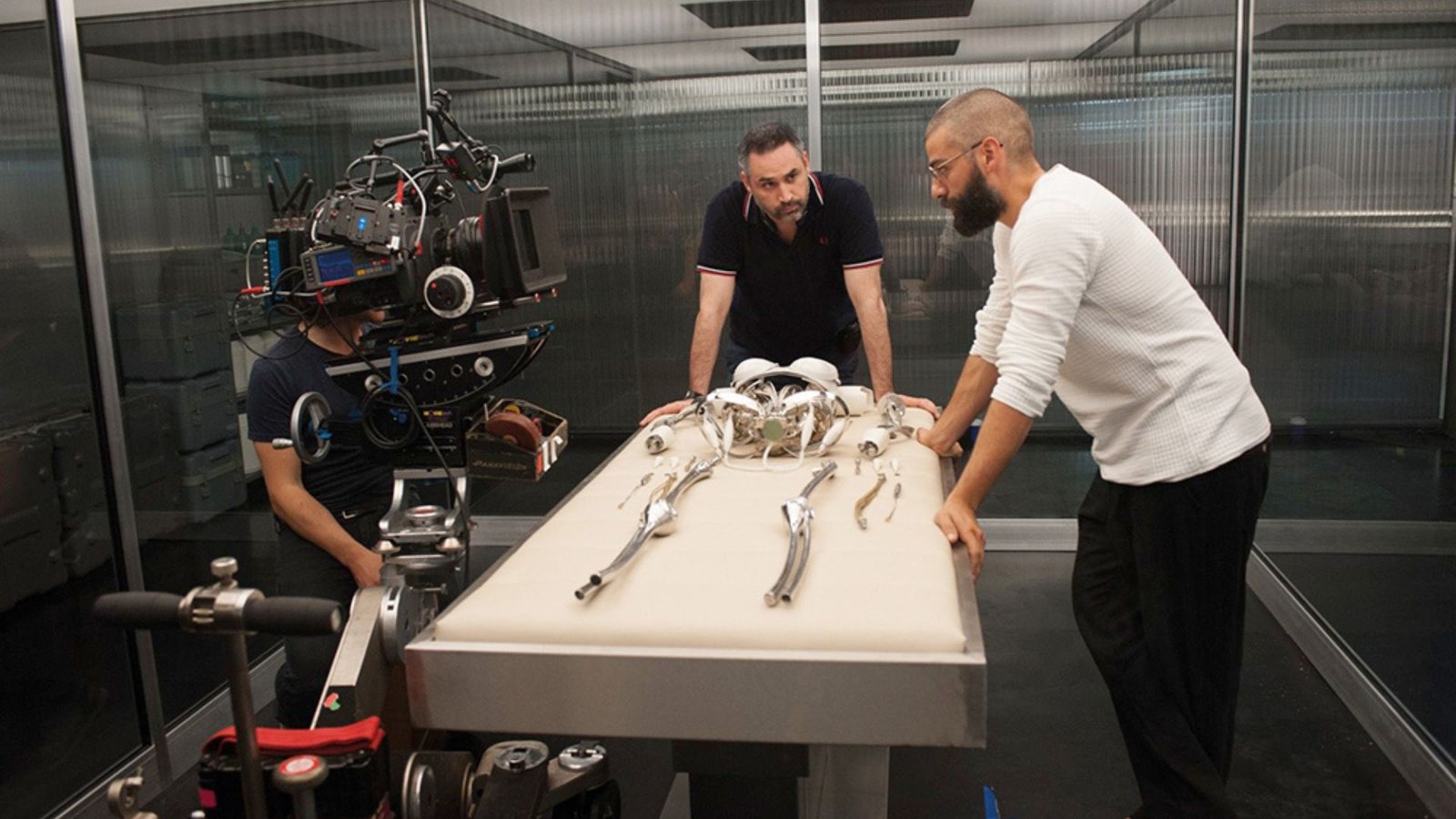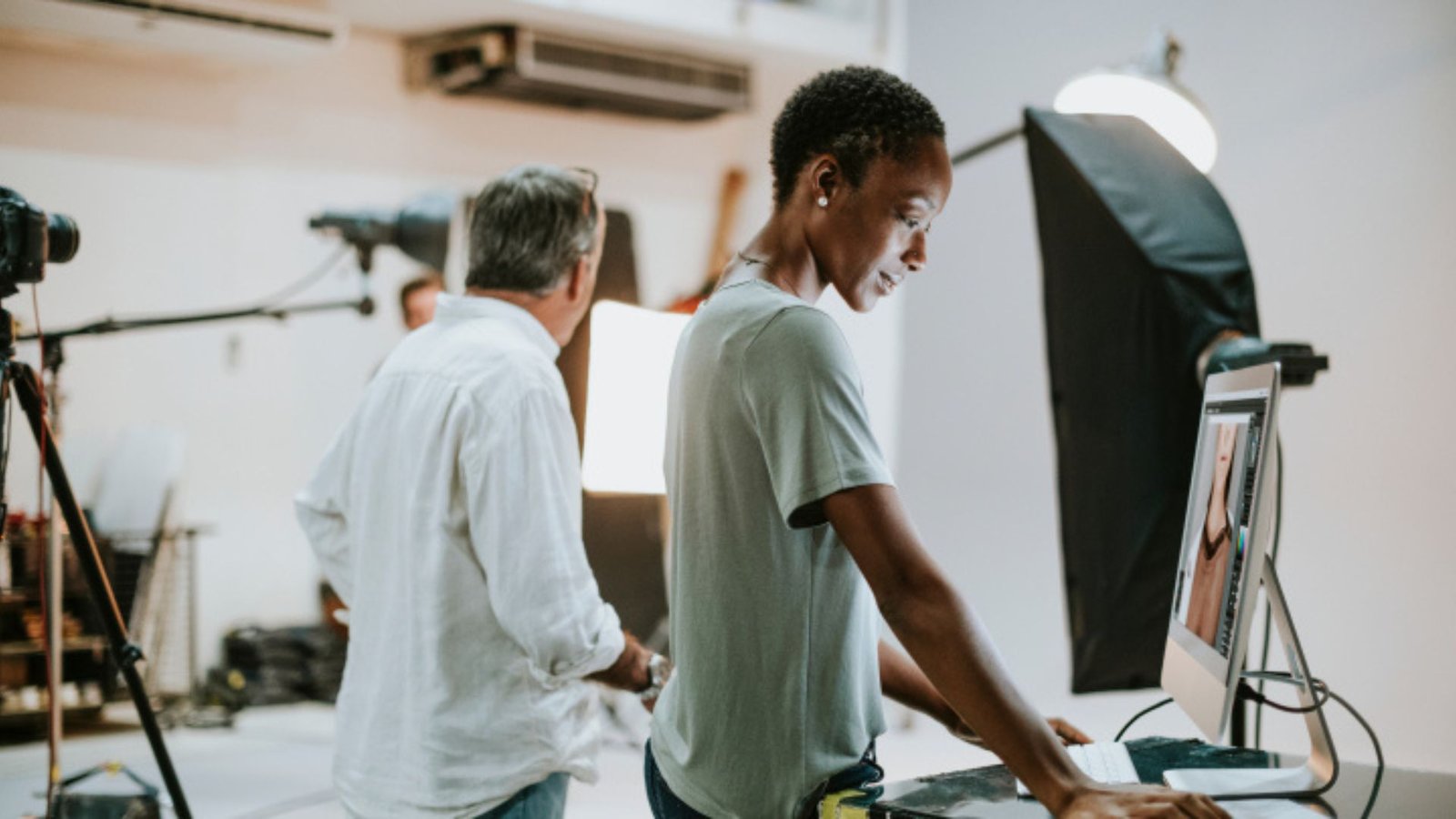Integrating virtual reality (VR) in production design is changing the way films and theater productions are created. VR offers innovative tools that allow designers to visualize and build sets in new and exciting ways. In this blog post, we’ll explore how VR is being used in production design and the benefits it brings to the creative process.
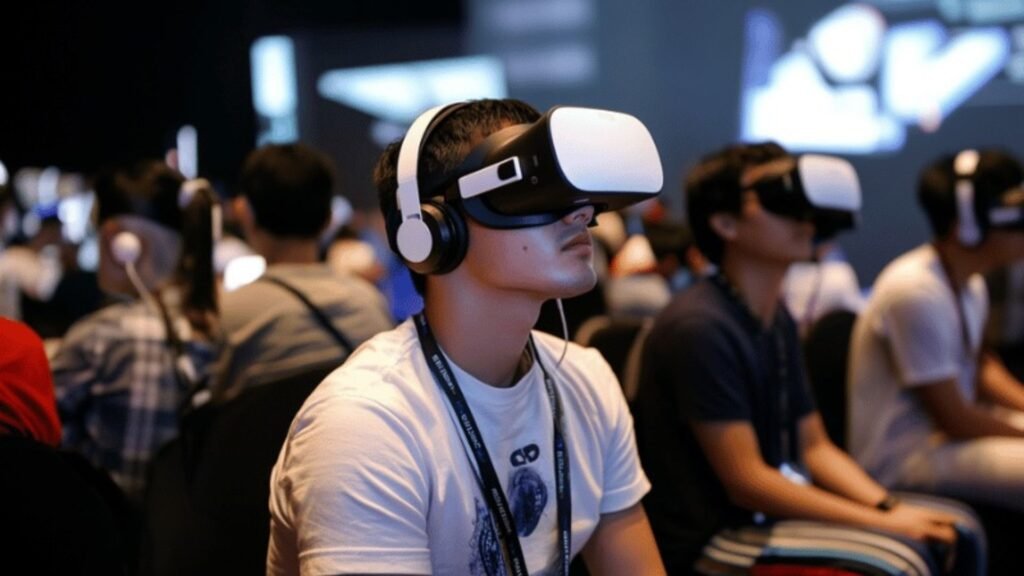
What is Virtual Reality in Production Design?
Virtual reality in production design involves using VR technology to create and explore digital environments before they are built physically. Designers can use VR to visualize sets, experiment with different designs, and see how elements interact in a simulated space. This technology allows for a more immersive and interactive design process, offering a detailed preview of how the final production will look and feel.
Enhancing Visualization and Planning
One major benefit of integrating VR in production design is enhanced visualization and planning. With VR, designers can walk through digital sets and interact with their surroundings as if they were in the physical space. This immersive experience helps designers better understand how the set will function and how different elements will fit together. For example, they can adjust the size and placement of props and scenery in real-time, ensuring everything aligns with their creative vision. This capability streamlines the planning process and helps avoid costly mistakes during construction.
Improving Collaboration and Communication
Another advantage of using VR in production design is improved collaboration and communication. VR allows designers, directors, and other team members to explore the digital set together, regardless of their physical location. This shared experience makes it easier to discuss design choices and make decisions as a group. For instance, a director can provide feedback on a virtual set and suggest changes, which can be implemented and reviewed immediately. This collaborative approach enhances creativity and ensures that everyone involved has a clear understanding of the design.
Streamlining Set Construction
Integrating VR also streamlines the set construction process. By using VR to create and test digital models, designers can identify potential issues and make adjustments before the physical build begins. This reduces the risk of errors and ensures that the set is built according to the intended design. For example, if a designer notices a problem with the layout in the virtual environment, they can fix it digitally before construction starts, saving time and resources. This proactive approach leads to a more efficient and cost-effective production process.
Exploring Creative Possibilities
Virtual reality opens up new creative possibilities in production design. With VR, designers can experiment with unconventional ideas and create environments that might be difficult or impossible to build physically. For example, they can design fantastical worlds with gravity-defying elements or complex spatial arrangements that challenge traditional set construction. This freedom to explore creative concepts expands the range of design options and allows for more imaginative and visually stunning productions.
Enhancing Audience Engagement
VR can also enhance audience engagement by creating immersive experiences that extend beyond traditional set design. For example, VR can be used to develop interactive experiences or virtual tours of the set that audiences can explore before or after the performance. This added layer of engagement helps deepen the audience’s connection to the story and the production, offering a more immersive and memorable experience.
Conclusion
In summary, integrating virtual reality in production design is revolutionizing the industry by enhancing visualization, improving collaboration, streamlining set construction, exploring creative possibilities, and enhancing audience engagement. By embracing VR technology, designers can create more innovative and engaging productions while optimizing the design process. As VR technology continues to advance, its role in production design will likely expand, offering even more opportunities for creativity and efficiency in film and theater.

